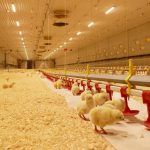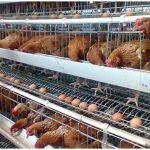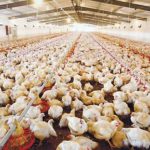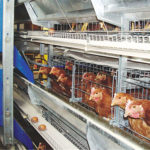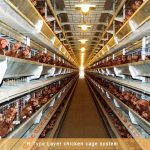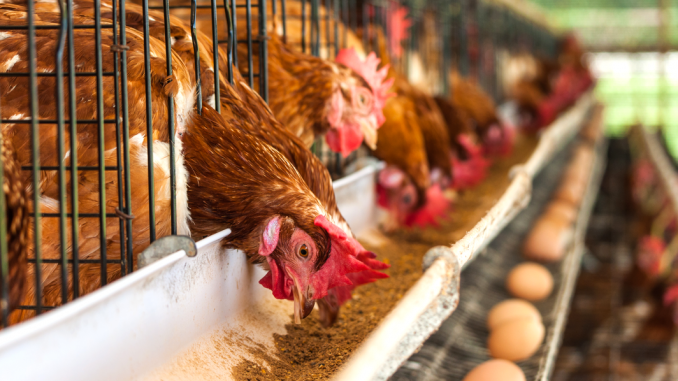Under the premise of usingchicken cages to raise chickens, it is first necessary to build a chicken house. Farmers must not only choose high quality chicken cages, but also scientific and reasonable breeding techniques. Farmers have fully learned the breeding strategy to better grasp the physiological characteristics of the flock, to make the chickens grow healthily and increase the economic benefits of the farmers. The author introduces the farmers to the physiological characteristics of chickens in chicken cages.
1. Laying hens and broilers are relatively timid and vulnerable to shocks, so farmers should pay attention to the quietness of the house, the sudden noise outside the house and the appearance of cats, rats, snakes, etc. in the house. The stress response of the flock affects the performance of the chicken flock.
2. For chicks, it is more afraid of cold, adult chicken is more afraid of heat. This is because the chickens that have just emerged from the shell have weak insulation capacity, and their normal body temperature is 3 degrees lower than that of the chickens. Therefore, the farmers must do the insulation work of the brooding. After growing into a chicken, the feathers are rich, and the chicken body has no sweat glands, so it is necessary to do a good job of heatstroke prevention and cooling.
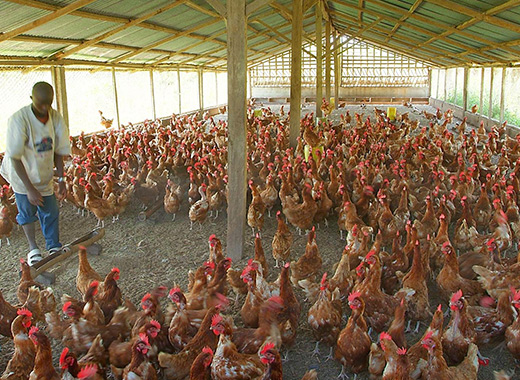
3. Farmers must have heard that light can affect the growth and production performance of egg broilers because the flocks are sensitive to light. When there is no light in the house, the chickens will not eat, and if the chickens fill the light, it will affect the production capacity. Therefore, farmers should plan to fill the chickens, not to be disordered, and the light should not be too strong.
4. Chicken digestive function is abnormal: the chicken diet enters by leaning on the head. Therefore, the material and the water tank should be set properly, and the water should be prevented from overflowing. The digestive food is crushed by the strong contraction of the muscles, so it is necessary to regularly add the sand.
5. Compared with other poultry, laying hens and broilers have a large amount of exhaust gas, so the ammonia in the chicken feces is more than the pig manure. Therefore, farmers must do a good job of clearing the dung, reducing the production of ammonia in the house, and avoiding the excessive ammonia to affect the health of the flock.
6. Flock diseases: Egg broilers have more types of diseases than other animals, and there are many reasons for the disease. Chicken diseases are easy to produce concurrent or secondary. Therefore, farmers should regularly disinfect the house and do a good job of immunizing the flock to prevent the spread of the disease.
7. Farmers know that when laying hens to a certain stage, there will be a moulting period. However, farmers should pay attention to the age-changing moulting of laying hens without seasonal moulting. After the chicks grow from long fluff to long fan feathers, there is only a sporadic depilation before the start of production, which means that the chickens will no longer be moulted, and the chickens will be moulted after the year. Chickens have a natural moulting period of 80 to 100 days. People should force the moulting during the natural moulting to shorten the period of rest.
The above is the author introduced for the farmers, usingpoultry farming equipmentto raise chickens several physiological characteristics, I hope to help the farmers, if you have other questions you want to know, please contact us!


